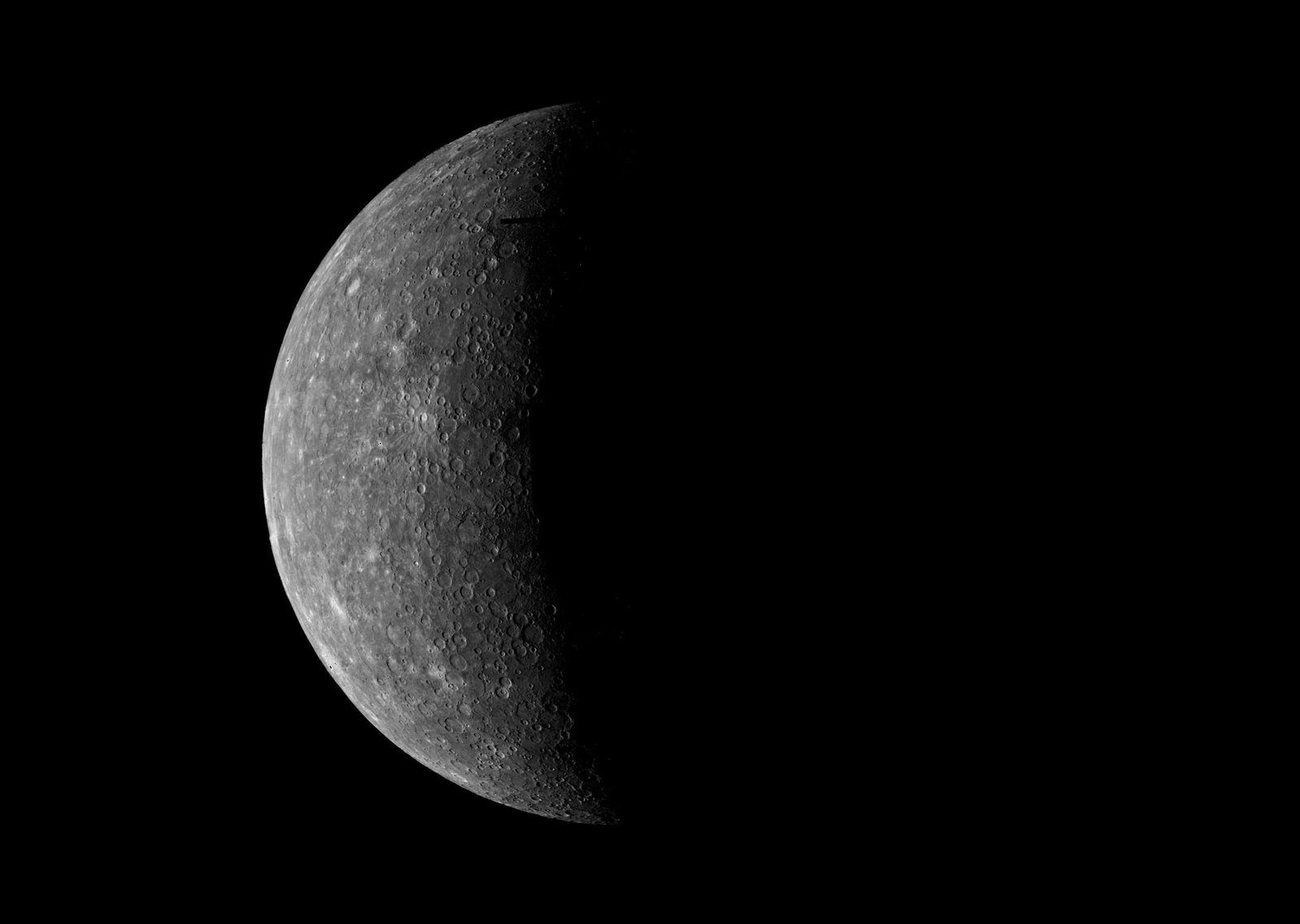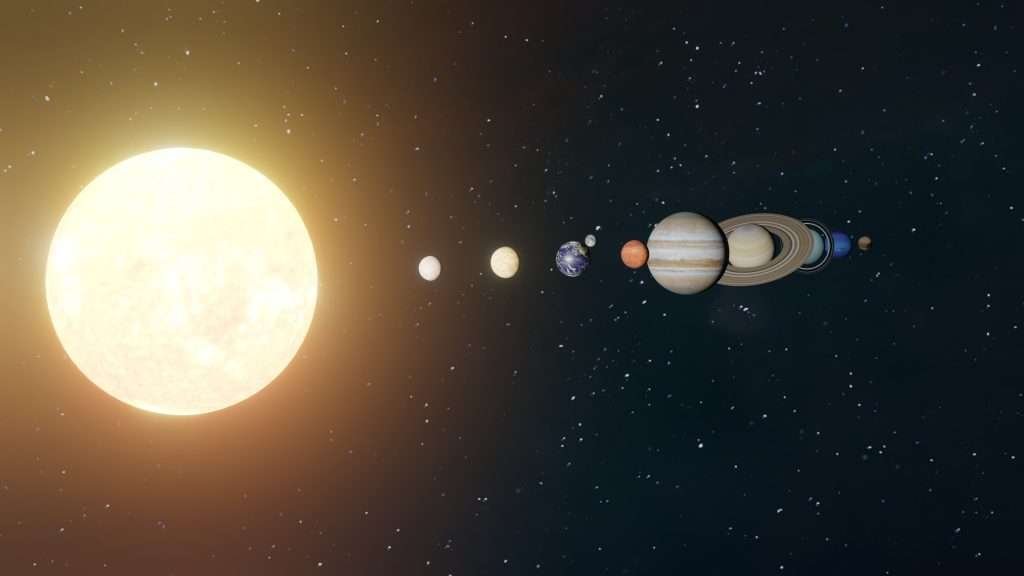Venus Gets Closest, But Mercury Stays Closest Longer
When we talk about the “nearest” planet, we need to distinguish between closest approach distance and average distance over time. By the metric of absolute closest approach, Venus wins – at its nearest, Venus comes within about 24 million miles (38 million km) of Earth. No other planet comes as near. For comparison, Mars can get as close as ~34 million miles (55 million km) during a favorable opposition (as happened in 2003), and Mercury’s minimum distance to Earth is about 48 million miles (77 million km). These closest approaches occur when the planets align just right – for Venus, that’s during inferior conjunction (when Venus lies between the Sun and Earth), which happens roughly every 584 days (the synodic period of Venus). Table 1 summarizes the distance comparisons:
| Planet | Closest Distance to Earth (million miles) | Average Distance to Earth (million miles) | Percent of Time Closest to Earth |
|---|---|---|---|
| Mercury | ~48 million | ~96.6 million | ~46% |
| Venus | ~24 million | ~105.6 million | ~36% |
| Mars | ~34 million | ~158.1 million | ~18% |
Table 1: Comparison of Earth’s neighboring planets by closest approach and average distance. Data sources: NASA and Physics Today analysis.

Venus at its closest: our nearest neighbor at minimum approach.
Orbital Runners: Why Mercury Wins the Race
Imagine the planets as runners on concentric tracks around the Sun. Earth is in lane 3, Venus in lane 2, Mercury in lane 1. Venus occasionally pulls alongside Earth for that 24-million-mile close pass, but then it zooms far ahead on the outer track. Mercury, however, never strays too far: it laps Earth every few months, staying within a moderate range. Freeze time at random, and Mercury will usually be closest to Earth. Simulations and a Physics Today report in 2019 confirm this counterintuitive result: Mercury is the nearest planet on average to every other planet in the solar system, not just Earth!

Spacecraft Insights: Distance vs. Difficulty
Mercury’s average proximity might suggest a quick trip, but its closeness to the Sun creates a deep gravity well. NASA’s Mariner 10 took only 147 days to fly by Mercury in 1974, similar to Mariner 2’s 110-day run to Venus in 1962. Yet orbit insertion at Mercury demands complex gravity assists and years-long trajectories (e.g., MESSENGER and BepiColombo). Proximity in miles doesn’t always translate to ease of arrival.
FAQs: Nearest Planet to Earth and Related Questions
Is Venus or Mercury closer to Earth?
It depends on your metric. Venus can approach as close as ~24 million miles, but Mercury spends ~46% of the time nearer to Earth on average, compared to ~36% for Venus.
Which planet is closest to Earth right now?
Because planetary positions shift daily, the current nearest can be Mercury, Venus, or even Mars briefly. Online simulators like TheSkyLive can show today’s closest neighbor.
How often does Venus come closest to Earth?
Venus reaches inferior conjunction about every 584 days (1.6 years), at which point it’s at its minimum distance (~24–25 million miles).
Why is Mercury the closest planet to all the others on average?
Mercury’s small, eccentric orbit (0.307–0.467 AU) keeps it between all other planetary orbits most of the time. A 2019 study showed it’s the nearest neighbor for every planet, thanks to overlapping orbital zones.
What is the farthest planet from Earth?
Neptune is the farthest planet. At its closest, it’s ~2.7
What Did We Learn Today?
Planetary proximity isn’t just about who can get closest in a single pass—it’s about where the orbits keep each world most of the time. Mercury’s tight, fast track makes it Earth’s nearest companion nearly half the time, while Venus claims the shortest kiss-distance every 1.6 years. Mars joins briefly, but far less often. And when it comes to spacecraft, distance in miles can be overshadowed by orbital mechanics. Never trust first impressions: the cosmos rewards those who calculate carefully and stay curious.





